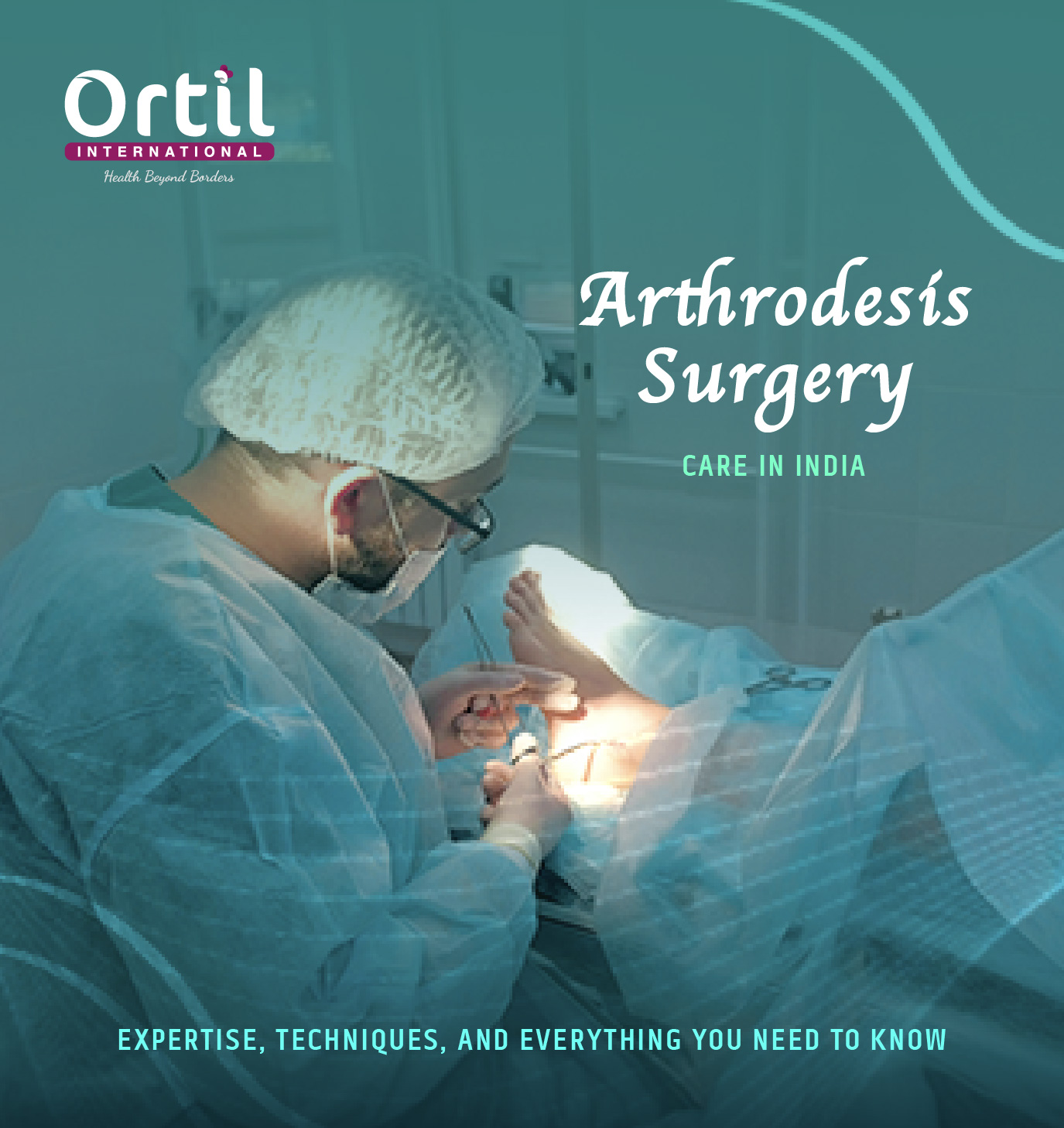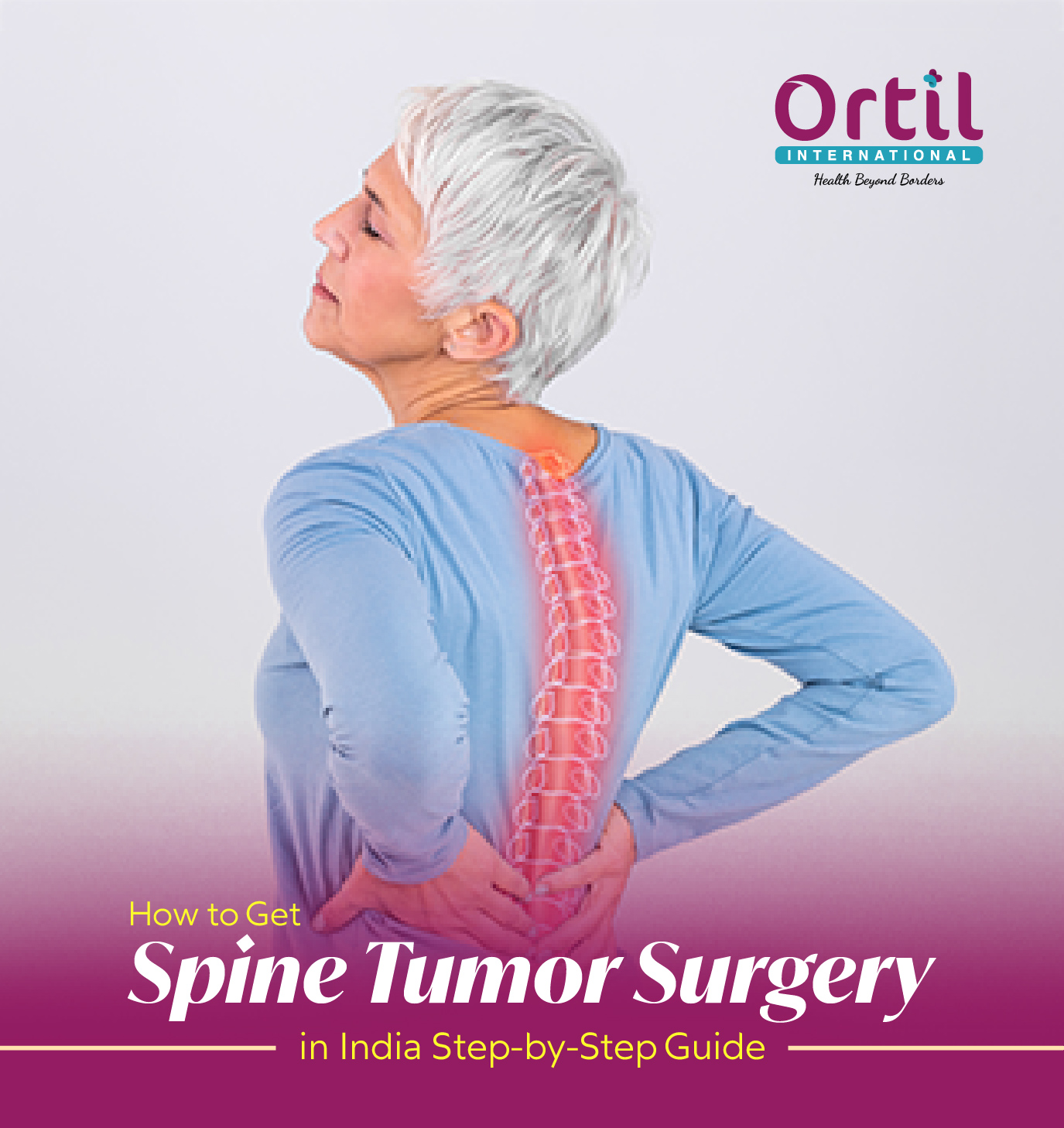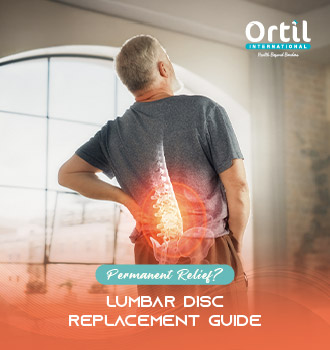India’s Expertise in Arthrodesis Surgery: Everything You Need to Know
Arthrodesis, or joint fusion surgery, is a specialized orthopaedic procedure frequently recommended when joint pain and mobility problems cannot be managed by medication or less invasive treatments. India has become a preferred destination for arthrodesis surgery due to its affordable costs, first -rate hospitals and qualified orthopaedic surgeons.
Introduction
Arthrodesis is traditionally done to stop persistent chronic pain in joints that have been badly damaged because of arthritis, injury or infection. In India, this procedure is offered in top hospitals at a fraction of the cost compared to several Western nations.
Understanding Arthrodesis Surgery
The arthrodesis includes the excision of the injured joint surface and the holding of bones in place by plates, screws or stems. Bones become a single piece of solid bone with time, delivering pain relief and enhanced stability, but joint movement is lost.
What is Arthrodesis Surgery
It is a surgery in which two bones that make up a joint are joined together to stop the joint from moving. It is most frequently performed in the spine, ankle, wrist, fingers, or foot.
Types of arthrodesis surgery
-
Spinal Fusion: Fuses spinal bones to reduce pain and improve stability.
-
Wrist Fusion: Helps reduce arthritis-related wrist pain by stabilizing the joint.
-
Finger Fusion: Joins finger bones to fix deformities and ease chronic pain.
-
Hip or knee fusion : Not often used today because of joint replacements, but still used in certain situations
Who Requires Arthrodesis Surgery
-
Patients who have disabling arthritis that did not respond to medication
-
Patients with long-standing joint pain or instability s
-
Those who have joint deformities or fractures which do not heal appropriately
Pre-Procedure (Preparation Phase)
Patients usually undergo the following before surgery:
-
Physical examination and review of history
-
Blood tests and imaging (X-ray, CT, MRI)
-
Assessment of infection or bone condition
-
Discussion of anticipated outcomes and restrictions
Post-Procedure (Recovery and Follow-Up Phase)
Following surgery, recovery involves:
-
Immobilization of the joint
-
Pain control with medication
-
Periodic X-rays to verify the bones fuse appropriately
Why Choose India for Arthrodesis Surgery
-
Experienced orthopaedic and spine surgeons
-
Advanced surgical equipment
-
Affordable treatment and permanence packages
-
Individual rehabilitation assistance
-
Multilingual patient care and international staff
-
Shorter waiting times than in many countries
Top Hospitals in India for Arthrodesis Surgery
-
Apollo Hospitals (Chennai, Delhi, Hyderabad)
-
Fortis Memorial Research Institute, Gurugram
-
Manipal Hospitals, Bengaluru
-
Max Super Speciality Hospital, New Delhi
-
Medanta – The Medicity, Gurugram
-
Sancheti Institute, Pune (Orthopaedic specialty)
Cost of Arthrodesis Surgery in India
-
Ankle Arthrodesis: $3,000 – $5,000
-
Wrist Arthrodesis :$2,800 – $4,500
-
Spinal Fusion :$6,000 – $9,000
-
Toe or Finger Fusion: $1,500 – $2,500
Cost Components
-
Preoperative tests and images: US $ 300- $ 600
-
Surgery and surgeon rates: US $ 1,500 - US $ 6,000
-
Hospital stay (3-7 days): US $ 500 - $ 1,000
-
Implants and fixing devices: US $ 800 - $ 2,000
-
Postoperative care and physical therapy: US $ 300- $ 700
Total Estimated Cost
Most patients can expect the total cost of arthrodesis surgery in India ranges from $ 3,000 to $ 9,000 depending on the complexity of the case.
Cost Comparison
|
Country
|
Average Cost (USD)
|
|
India
|
$3,000 – $9,000
|
|
USA
|
$25,000 – $50,000
|
|
UK
|
$18,000 – $35,000
|
|
UAE
|
$15,000 – $30,000
|
|
Singapore
|
$12,000 – $25,000
|
Factors Influencing Success
-
Age of the patient and bone health
-
The surgeon's experience
-
Post-surgical rehabilitation
-
Presence of underlying conditions such as diabetes or osteoporosis Challenges and Solutions
Challenges and Solutions
Challenges in India:
-
Loss of joint mobility
-
Infection risk
-
Bones failing to fuse
Solutions in India:
-
Skilled surgical techniques using modern implants
-
Strict infection control protocols
-
Follow-up with physical therapy and advanced imaging
How we help
-
Connecting with the main surgeons and orthopaedic hospitals
-
Organize medical opinions and cost estimates
-
Assist with visas, travel and accommodation
-
Coordination of consultations and hospital follow -ups
-
Provide translation and interpreter services if necessary
Legal and Ethical Considerations
Indian hospitals maintain ethical standards as per global norms. Consent procedures, patient rights, and data privacy are all protected under Indian medical law and international patient guidelines.
Recovery and Life after Treatment
Most patients regain a good quality of life post-surgery. While the fused joint does not move anymore, pain relief and stability enhance daily function considerably. A supportive care plan with physical therapy helps in smooth recovery and adjustment.
Conclusion
Arthrodesis surgery in India is a cost-effective, way of treating chronic joint pain and malfunction. With excellent success rates, surgical expertise, and meticulous rehabilitation, India remains one of the best options for orthopaedic procedures.
Also Read : Spine Surgery Treatment in India
FAQs
Q1: How long does recovery from arthrodesis take?
The recovery could be 8 to 12 weeks, depending upon the joint and the healing potential of the individual.
Q2: Will I lose movement in the fused joint?
Yes, the joined joint will not be moving anymore, but pain and instability will be hugely eliminated.
Q3: Is arthrodesis lifelong?
Yes, it is an irreversible procedure designed to join the bones and remove movement of the joint.
Q4: Can international patients easily access this surgery in India?
Yes, Indian hospitals fully support with visa assistance, travel arrangement, and individualized care teams.













